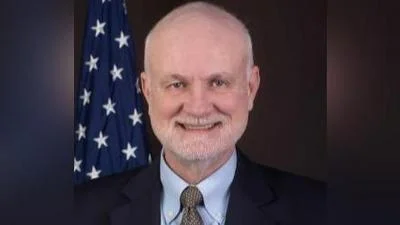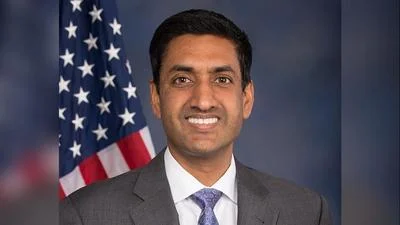John Taylor, Professor of Economics at Stanford University and developer of the "Taylor Rule" for setting interest rates | Stanford University
John Taylor, Professor of Economics at Stanford University and developer of the "Taylor Rule" for setting interest rates | Stanford University
Amid significant growth and evolving student interests, Stanford University’s Creative Writing Program is making notable changes to restore its original vision and address the rising demand for creative writing courses. The program, part of the School of Humanities and Sciences, is renowned for nurturing some of the country’s best writers. It is now restructuring key fellowships and expanding course offerings.
These changes are rooted in the foundational principles established by Wallace Stegner, an English faculty member and 1972 Pulitzer Prize winner who founded the Creative Writing Program in 1946. Moving forward, Jones lecturers—who are all former Stegner Fellows—will be term-limited and rotate out regularly. This ensures a continuous influx of new perspectives within the program.
The reform process initiated in 2019 limited newly hired Jones lecturers to four-year terms. Current Jones lecturers are expected to continue teaching for the next four to five years before cycling out, making room for new lecturers eligible for terms up to five years each. Stanford plans to maintain its number of creative writing lecturers to keep teaching capacity robust.
“The Jones Lectureship offers Stegner Fellows the opportunity to teach our undergrads,” said A. Van Jordan, a former faculty co-director of creative writing and professor of English and African and African American Studies. He added that many have gone on to begin their careers as faculty at other institutions with "the imprimatur of Stanford on their CVs."
Debra Satz, Vernon R. and Lysbeth Warren Anderson Dean of the School of Humanities and Sciences, emphasized human creativity's importance in an era where AI can generate content instantly: "Drawing inspiration is a competence computers don’t have; we do."
Since its inception, Stanford’s Creative Writing Program has produced Stegner Fellows who have achieved national and international acclaim. Inspired by World War II veterans among his students, Stegner envisioned a program nurturing emerging writers with support from Dr. E.H. Jones, leading to the creation of the prestigious Stegner Fellowship.
The COVID-19 pandemic intensified interest in creative writing as students sought connection during isolating times. “Reading and writing didn’t feel like a luxury or a frill but a vital form of connection,” said Patrick Phillips, professor of English and former director of the Creative Writing Program.
To accommodate increased interest, starting in 2025-26, the program will increase its annual course offerings by 10%, from approximately 100 to 110 courses.
New positions will be established: two new lectureships renewable for up to three years beginning in 2025-26 for outgoing Jones lecturers; an associate director who will also be a senior lecturer starting in 2025-26; ten new lectureships piloted by the Department of English renewable for up to three years starting with five lecturers joining in 2025-26 followed by another five the next year.
Nicholas Jenkins, faculty director of the Creative Writing Program stated that popular classes would remain while new innovative courses would be introduced due to incoming Jones lecturers' influence.
Gabriella Safran highlighted that housing arts practice with theory within H&S benefits students through synergy rather than separation between practice and analysis.
Gavin Jones emphasized bridging literary theory with creative writing practices: “Students increasingly want to write creatively as well as think critically about literary texts.”
Patrick Phillips expressed gratitude towards undergraduate writers’ workshops saying they’re not just classes but extraordinary gatherings discussing significant life matters.




 Alerts Sign-up
Alerts Sign-up